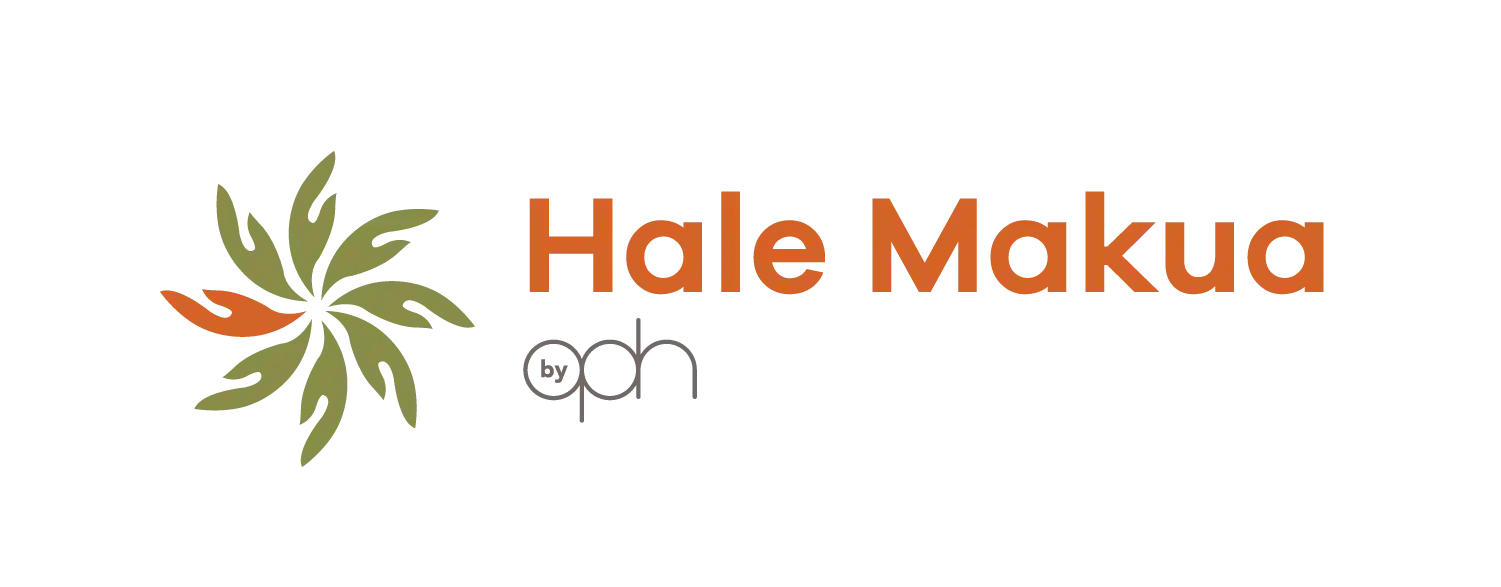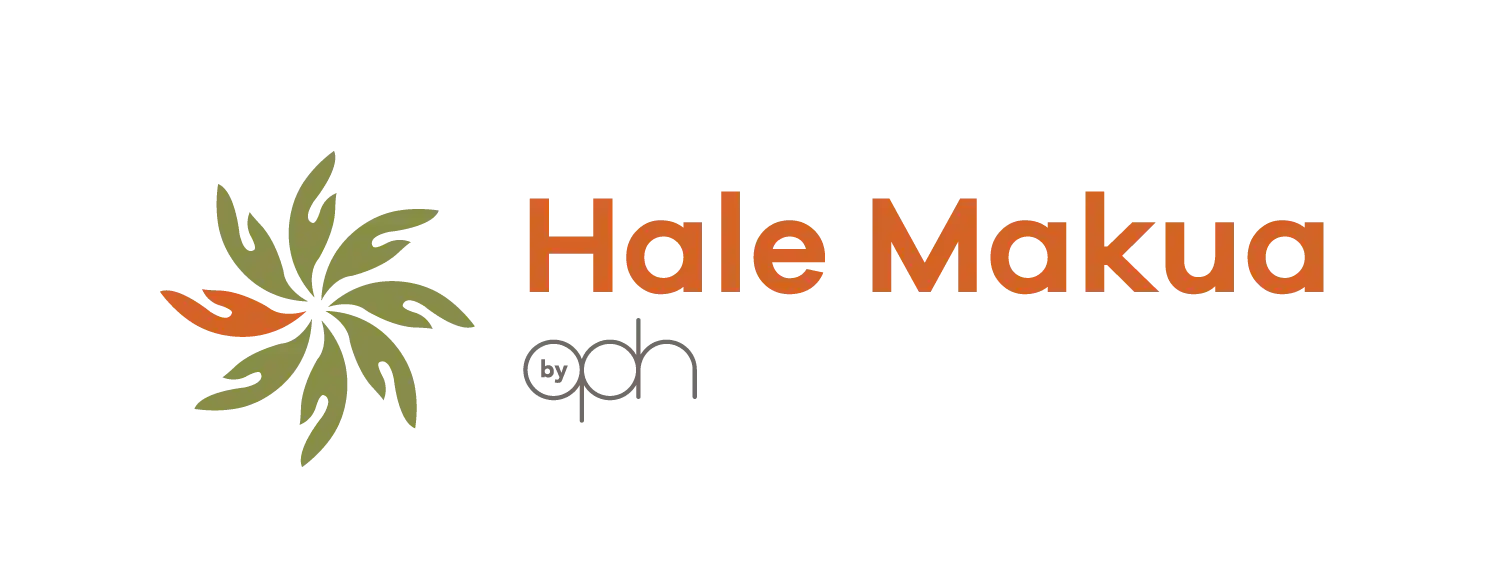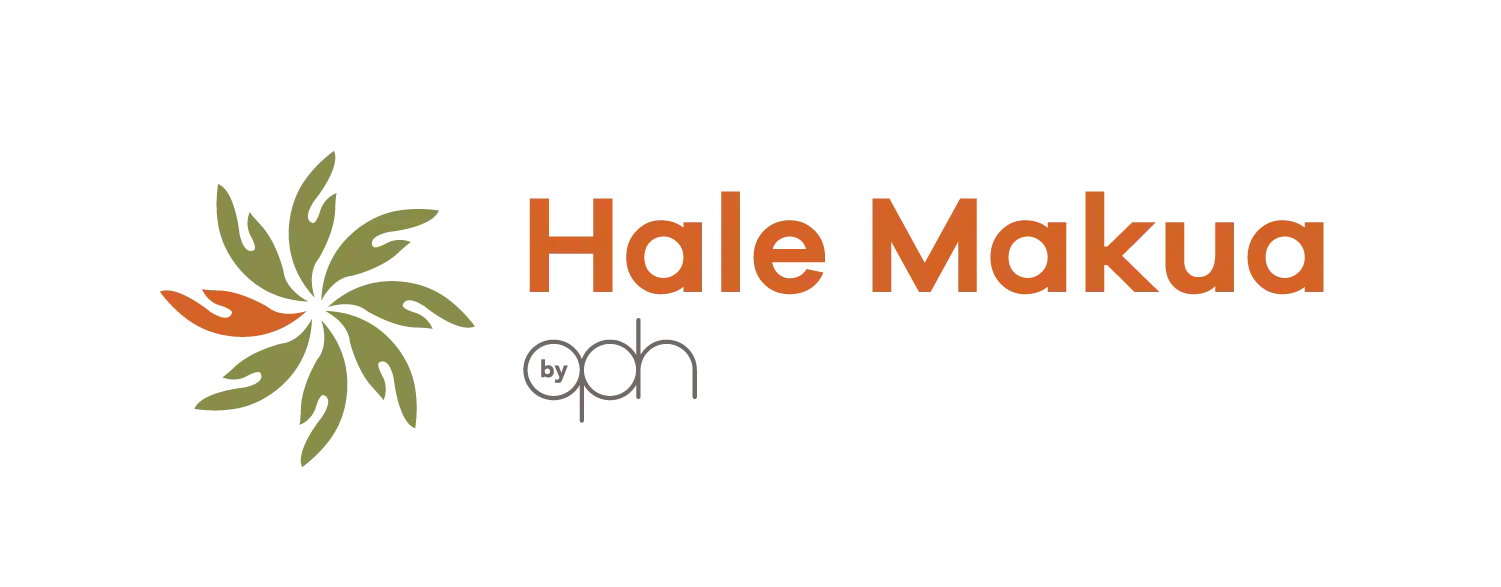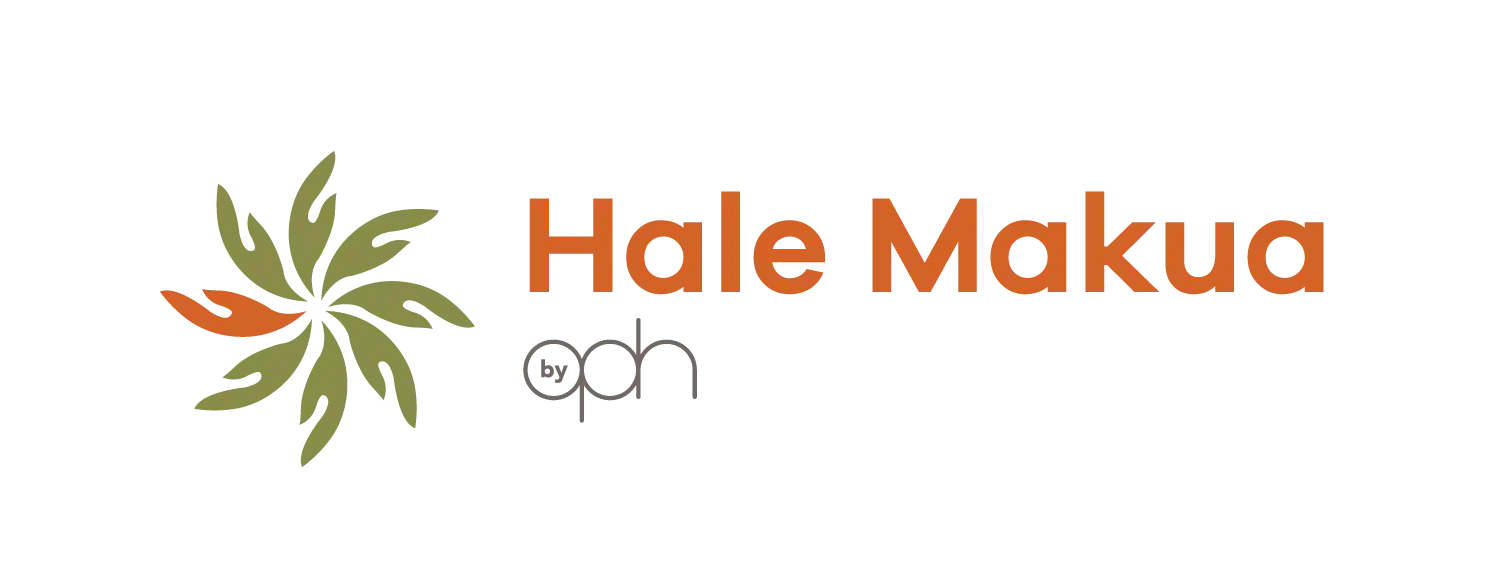Avocado Lace Bug Detected in Hawai‘i
A new avocado pest was confirmed by entomologists with the Hawaiʻi Department of Agriculture who enlisted the help of the University of Hawaiʻi College of Tropical Agriculture and Human Resources – Cooperative Extension Service.
The avocado lace bug (Pseudacysta perseae), was first detected in Pearl City, Oʻahu, in December 2019 and was subsequently identified on Hawaiʻi Island and from plants in retail outlets on Maui that were destroyed or treated.
The avocado lace bug feeds on the leaves of healthy avocado plants and extracts nutrients from foliage, causing gradual destruction of the leaves. The lace bug does not feed on the fruit itself but causes green to yellowish blotches on the leaves. Heavily damaged leaves become dry, may curl, drop prematurely and may cause reduction in fruit yields. It is also known to feed on red bay and camphor on the US Mainland.
Adult lace bugs are about two millimeters long with black heads and mostly black bodies with a black stripe across the width of their lacy wings. Immature avocado lace bugs can range in color from reddish to dark brown to black, depending on life stage. The eggs are black and look like specks of excrement and may be found in clusters on the undersides of the leaves.
CTAHR-CES extension agents are currently working to determine effective treatment plans for various levels of infestations in Hawaiʻi.
The avocado lace bug was described in Florida in the early 1900’s and has spread through the southeastern US and into California. It is also found in the Caribbean, Central and South America, and Portugal. It has not been determined how the lace bug was introduced in Hawaiʻi.
Possible infestations should be reported to HDOA’s Plant Pest Control Branch at: hdoa.ppc@hawaii.gov. Photos of the damage to avocado plants would also be helpful in identifying the cause.

Leica Picture. The avocado lace bug (Pseudacysta perseae), was first detected in Pearl City, Oʻahu, in December 2019 and was subsequently identified on Hawaiʻi Island and from plants in retail outlets on Maui that were destroyed or treated. PC: Hawaiʻi Department of Agriculture.

The avocado lace bug (Pseudacysta perseae), was first detected in Pearl City, Oʻahu, in December 2019 and was subsequently identified on Hawaiʻi Island and from plants in retail outlets on Maui that were destroyed or treated. PC: Hawaiʻi Department of Agriculture.

Bottom of an infested leaf. The avocado lace bug (Pseudacysta perseae), was first detected in Pearl City, Oʻahu, in December 2019 and was subsequently identified on Hawaiʻi Island and from plants in retail outlets on Maui that were destroyed or treated. PC: Hawaiʻi Department of Agriculture.

Top of an infested leaf. The avocado lace bug (Pseudacysta perseae), was first detected in Pearl City, Oʻahu, in December 2019 and was subsequently identified on Hawaiʻi Island and from plants in retail outlets on Maui that were destroyed or treated. PC: Hawaiʻi Department of Agriculture.










